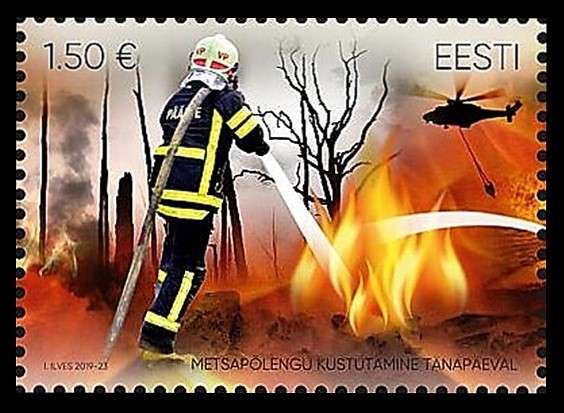Firefighting is the act of attempting to prevent the spread of and extinguish significant unwanted fires in buildings, vehicles, and woodlands. A firefighter suppresses fires to protect lives, property and the environment.
Firefighters typically undergo a high degree of technical training.[1][2] This involves structural firefighting and wildland firefighting. Specialized training includes aircraft firefighting, shipboard firefighting, aerial firefighting, maritime firefighting, and proximity firefighting.
One of the major hazards associated with firefighting operations is the toxic environment created by combustible materials. The four major risks are smoke, oxygen deficiency, elevated temperatures, and poisonous atmospheres. Additional hazards include falls and structural collapse that can exacerbate the problems encountered in a toxic environment. To combat some of these risks, firefighters carry self-contained breathing apparatus.
The first step in a firefighting operation is reconnaissance to search for the origin of the fire and to identify the specific risks. Fires can be extinguished by water, fuel or oxidant removal, or chemical flame inhibition; though, because fires are classified depending on the elements involved, such as grease, paper, electrical, etcetera, a specific type of fire extinguisher may be required.
Articles
- 200th Anniversary of Public Fire Services (PDF)
- Marin Fire County: World Fire History – a stamp at a time







